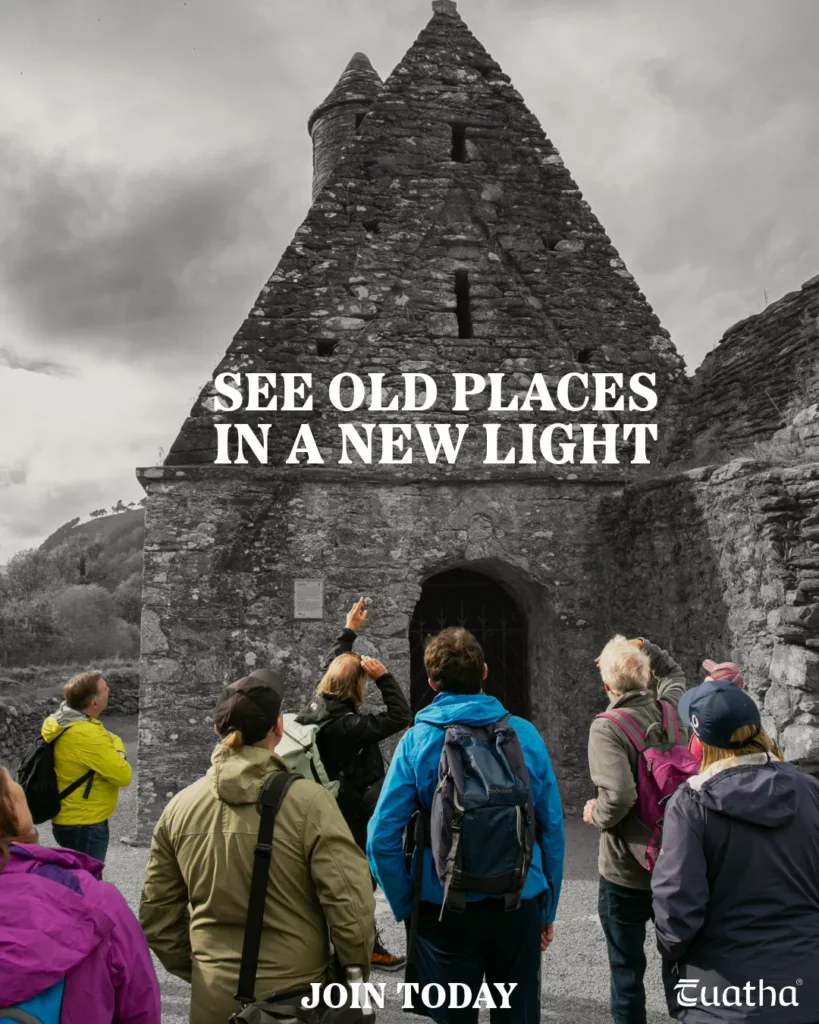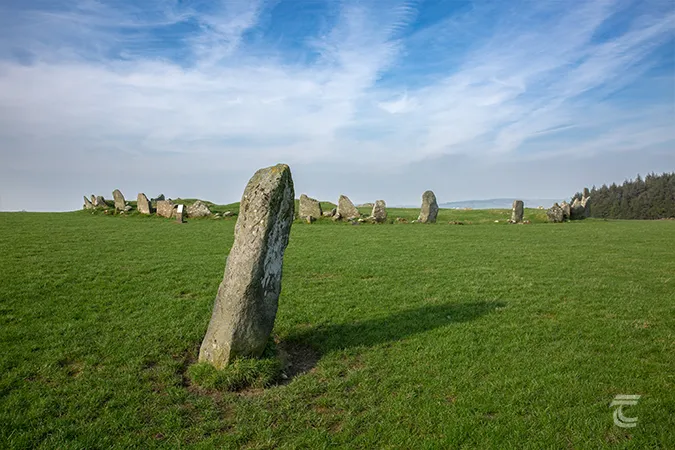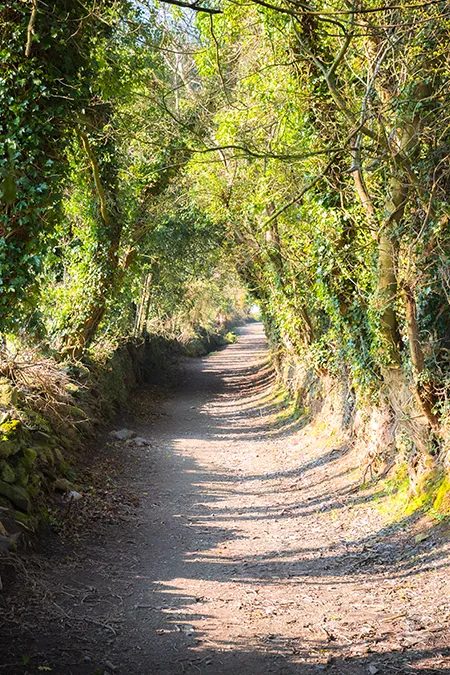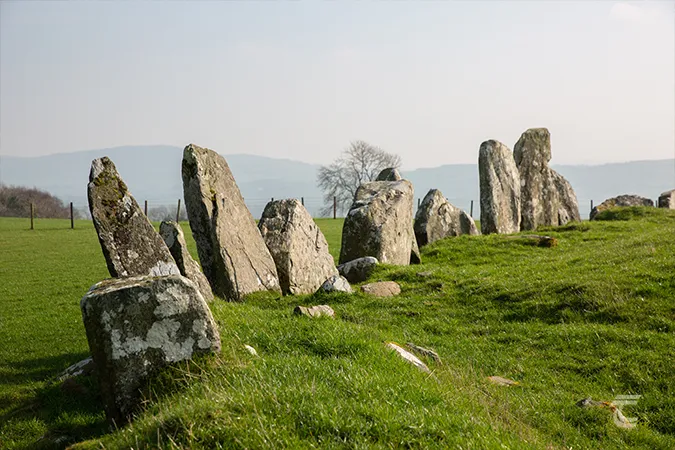Beltany Stone Circle
Set high on a Donegal hilltop with extensive views over the surrounding landscape, Beltany Stone Circle is a truly stunning example of the prehistoric landscapes of Ireland. The circle is made up of 64 stones of various sizes, though it is thought there may once have been up to 80 stones. Its diameter of 45m (around 148 feet) makes it one of the largest stone circles in Ireland. Within the circle, you can a raised mound, with a number of small loose stones displaced around the interior. This displacement may be evidence of disturbance, as noted by archaeologist Oliver Davies in the 1930s. The disturbance is likely to date to the 18th or 19th century. The Ordnance Survey Memoir of 1836 recorded that there had been a ‘vast heap of stones’, presumably a cairn, within the circle but the stones had been removed to form field boundaries and fences in the vicinity. Thomas Fagan who visited the monument in 1846, described the interior of the circle as being ‘much disfigured’. He recorded a local account that said that the ‘interior was raised with earth and stones covering and encircling sepulchral graves’, and that ‘decayed bones’ were unearthed here (information from the Archaeological Survey of Ireland, and Archaeological Inventory of Donegal).
This description of a raised mound of earth and stone, covering ‘sepulchral graves’ suggests that Beltany may be the denuded remains of a large megalithic tomb, particularly a passage tomb, rather than a stone circle. This is supported by its landscape setting, with its prominence being similar to other passage tombs. Indeed, there are views across to a passage tomb cemetery at Kilmonaster and another possible tomb at Croaghan Hill.
If Beltany Stone Circle was indeed such a tomb, then the ring of stones would represent the stone kerb around the base of a tomb rather than it being a stone circle. However, it is rather strange that local farmers would largely remove the cairn and mound and leave such useful stone behind. It is not impossible however, and folklore and practicalities may have both played a role if this was indeed the case.
For practical information about visiting this site Click Here
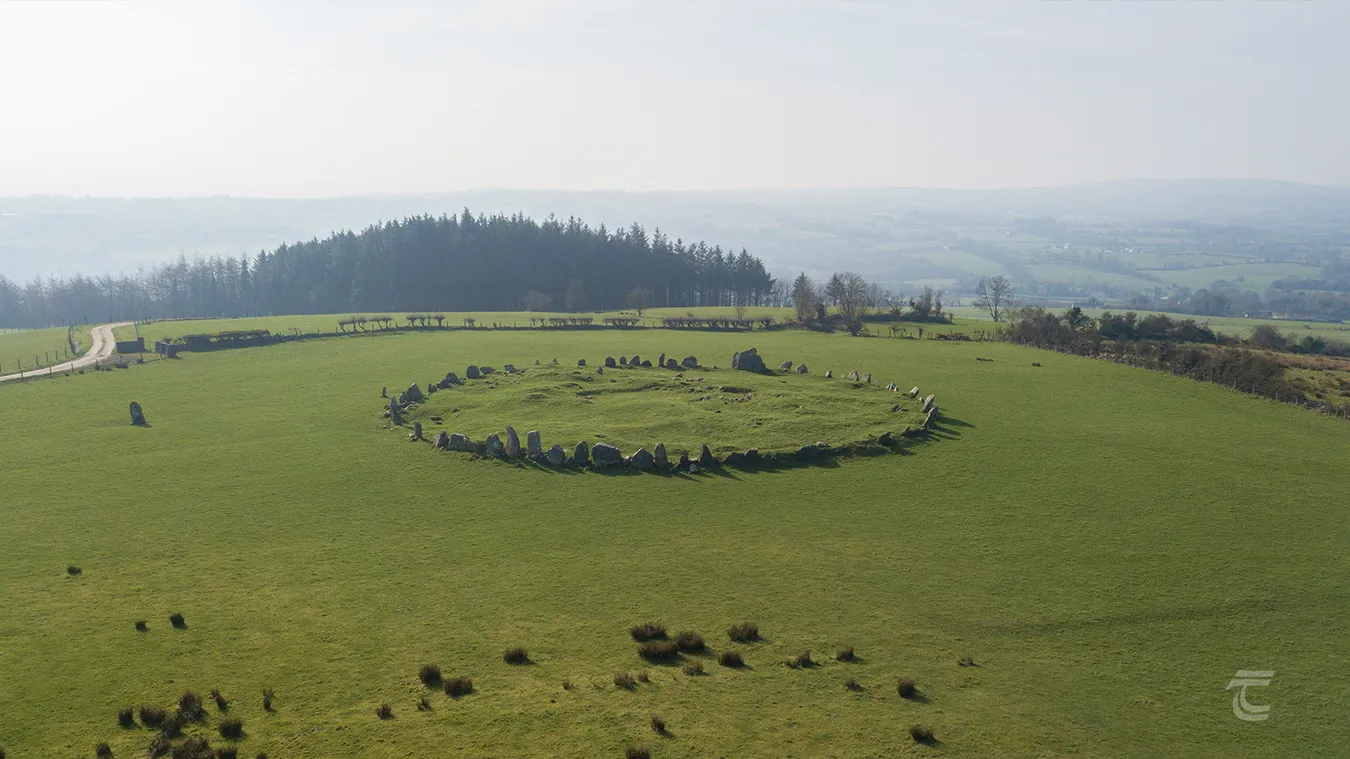
Aerial view of Beltany Stone Circle and its landscape setting • Donegal
The meaning of Beltany
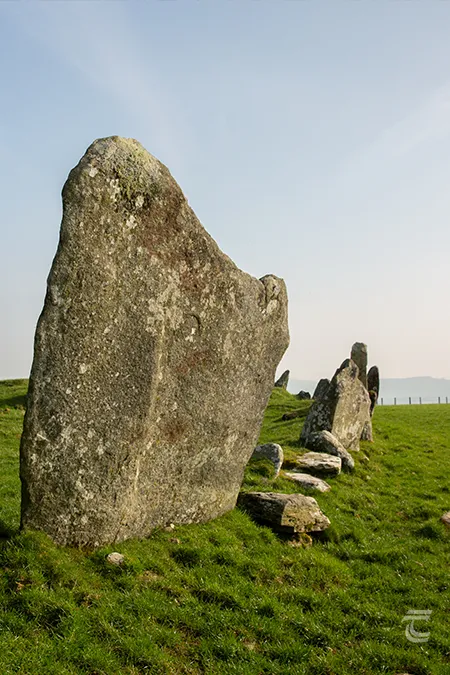
The largest of the stones • Beltany Stone Circle
Whether it started out as a Neolithic passage tomb or a Bronze Age stone circle, it is undoubtable that Beltany has been a place for significance for millennia. A number of artefacts have been found in the vicinity of the monument, such as Neolithic polished stone axes, and the so-called Beltany Stone Head. This is one of a several found in the area of Raphoe. The stone carved idol has features very similar to that of the figures on Boa Island. Like those enigmatic idols, the Beltany Stone Head is also believed to be from the pre-Christian Iron Age, but the dating is uncertain and so it may be even older or perhaps later than the Iron Age.
The place name Beltany is also of interest. It appears to derive from the Irish An Bhealtaine. The ‘Celtic Year’ in Ireland is divided into four parts that broadly overlap with our modern seasons, Imbolg (1st February), Beltaine (1st May), Lughnasa (1st August) and Samhain (1st November). For the early farmers of prehistoric Ireland, such landmarks were vital to divide up the year agriculturally as well as culturally. Though we don’t have firm evidence about what exactly transpired at such occasions, the name Beltaine is thought to derive from ‘bright fire’, perhaps indicating there were great fires lit to mark the beginning of the growing season. An event that is still sometimes seen on May Day in cultures around the world. Unfortunately however there have been recent cases of people seeking to rekindle this presumed practice, by lighting great fires in the monument itself, causing damage to the archaeology.
Located in a beautiful part of Donegal, near to the historic town of Raphoe, there is much to enjoy about a trip to Beltany Stone Circle – that it still holds a mystery or two just makes it all the more intriguing.

The largest of the stones • Beltany Stone Circle
Upper left: outlying stone at Beltany • Lower left: part of the circle at the south • Right: the path to the monument
Top: outlying stone at Beltany • Middle: the path to the monument • Bottom: part of the circle at the south
Beltany Stone Circle Visitor Information
An enigmatic example of prehistoric grandeur, set on a hilltop with spectacular views over the surrounding landscape.
